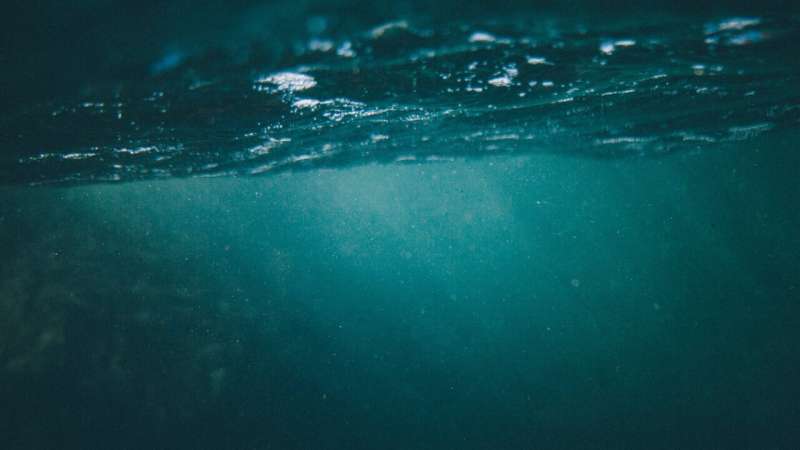Microplastics discovered in the Arctic ecosystem

Around the Svalbard archipelago in the Arctic Ocean, rhodoliths made up of coralline red algae provide ecological niches for a wide variety of organisms. A team of researchers from Friedrich-Alexander-Universität Erlangen-Nürnberg (FAU), the University of Bayreuth and Senckenberg Research Institute in Wilhelmshaven has recently discovered a large quantity of microplastics in this ecosystem.
Ecosystem engineers create habitat for many species
The variety of organisms found in the Arctic Ocean is often underestimated. In some areas, marine life is even as diverse as that found on coral reefs. One reason for this diversity are rhodoliths, which are nodules composed of coralline red algae that are slightly larger than a fist. There are a large number of ecological niches on and between these rhodoliths and the rhodoliths of Svalbard have a special feature as they are hollow.
This is because a certain type of mollusc bores cavities into the calcareous skeletons of the rhodoliths to hide from predators. "At some point, the molluscs die off and the hollow nodule offers a perfect place to hide for other organisms because of its hard calcareous shell," explains Dr. Sebastian Teichert from the Chair of Palaeoenvironmental Research at FAU. "We can call the rhodoliths and the molluscs 'ecosystem engineers' because they create a habitat for other organisms."
Microplastics found in every single mollusc
The researchers examined molluscs from various rhodoliths using spectroscopy and discovered microplastics in every mollusc they examined. "As molluscs filter water when feeding and because a large proportion of the Arctic is already contaminated with microplastics, we expected to find particles of microplastics, but not in this quantity and variety," says Ines Pyko from the Professorship for Palaeontology at FAU. "We found up to 184 particles in some molluscs consisting of eight different types of plastic."
Impact on Arctic ecosystem unknown
The impact of microplastics on the ecosystem are still unknown. Studies in the laboratory have already shown that microplastics can cause inflammation in the tissue of molluscs. If the molluscs were no longer able to fulfill their function as ecosystem engineers because of this contamination, this would also have consequences for all the organisms that are protected by the hollow rhodoliths. In addition to climate change, this poses another threat to this highly diverse Arctic ecosystem.
More information: Sebastian Teichert et al, Microplastic contamination of the drilling bivalve Hiatella arctica in Arctic rhodolith beds, Scientific Reports (2021). DOI: 10.1038/s41598-021-93668-w
Journal information: Scientific Reports
Provided by University of Erlangen-Nuremberg




















